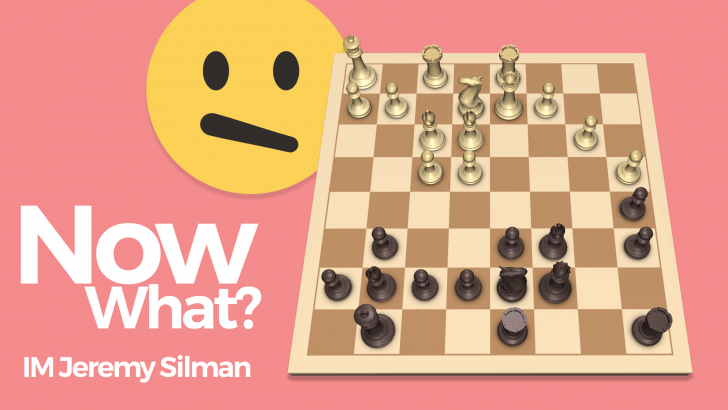Now What?
Learn what to do after the opening!
You’ve learned your openings. What’s next? Far more important than memorizing moves is understanding where your pieces belong and what the plans are for both sides. Legendary chess instructor IM Jeremy Silman walks you through the plans in many openings and gives you the tools you need to face the middle-game with confidence!
- Learn the key plans for both sides in many openings.
- Find the openings that lead to middlegames you enjoy.
"I think Mr.Silman is awesome. I love chess but didn't understand what it is really about. I dominate my friends with his simple teachings about imbalances. Now, I have been studying some very precise openings and principles and I think I'm learning at an incredible rate and I owe it all to Jeremy and this site because the tools they offer help! If you apply yourself, you will grow as a player and a person!" - Chess.com user HarpersFerry7
